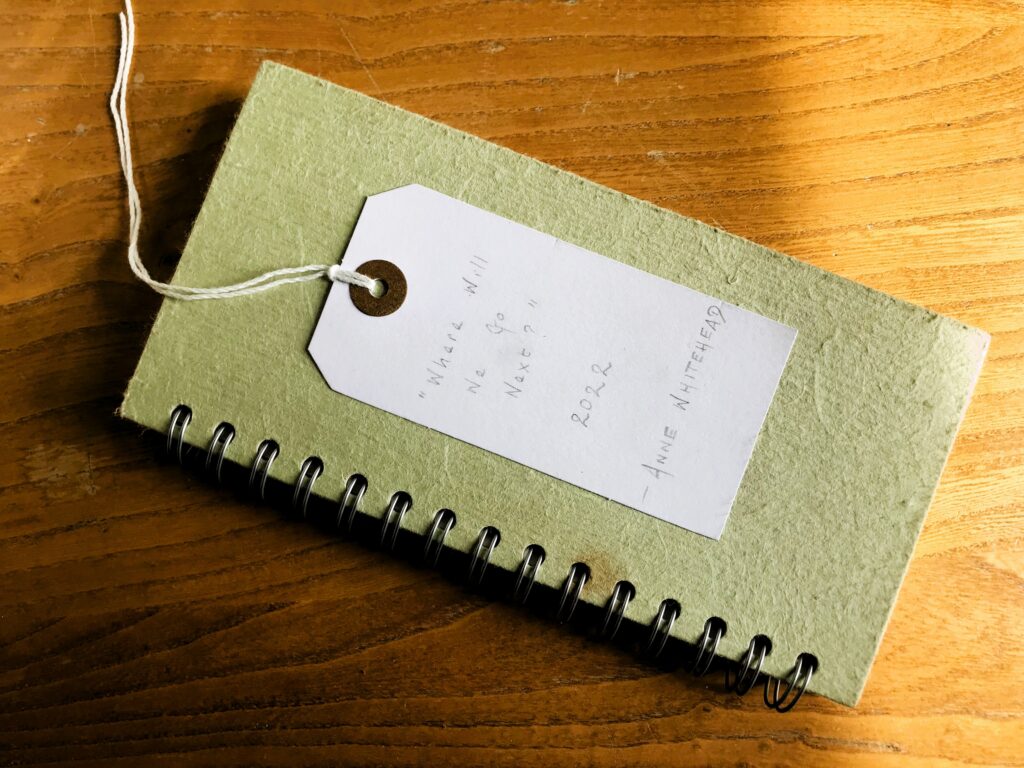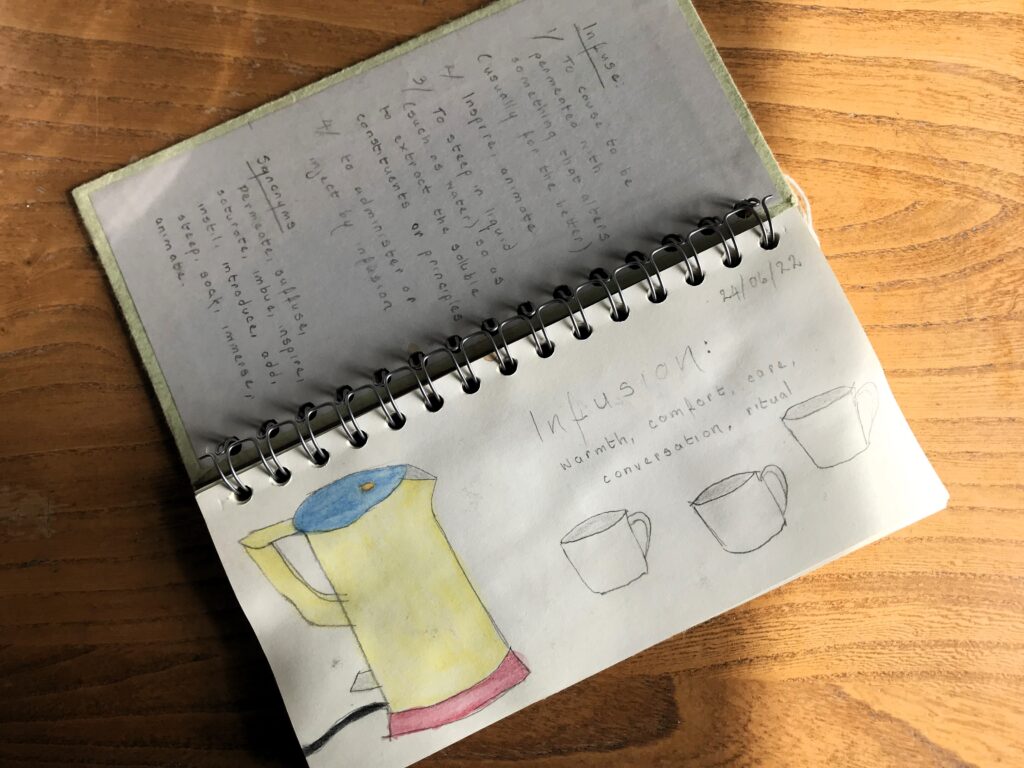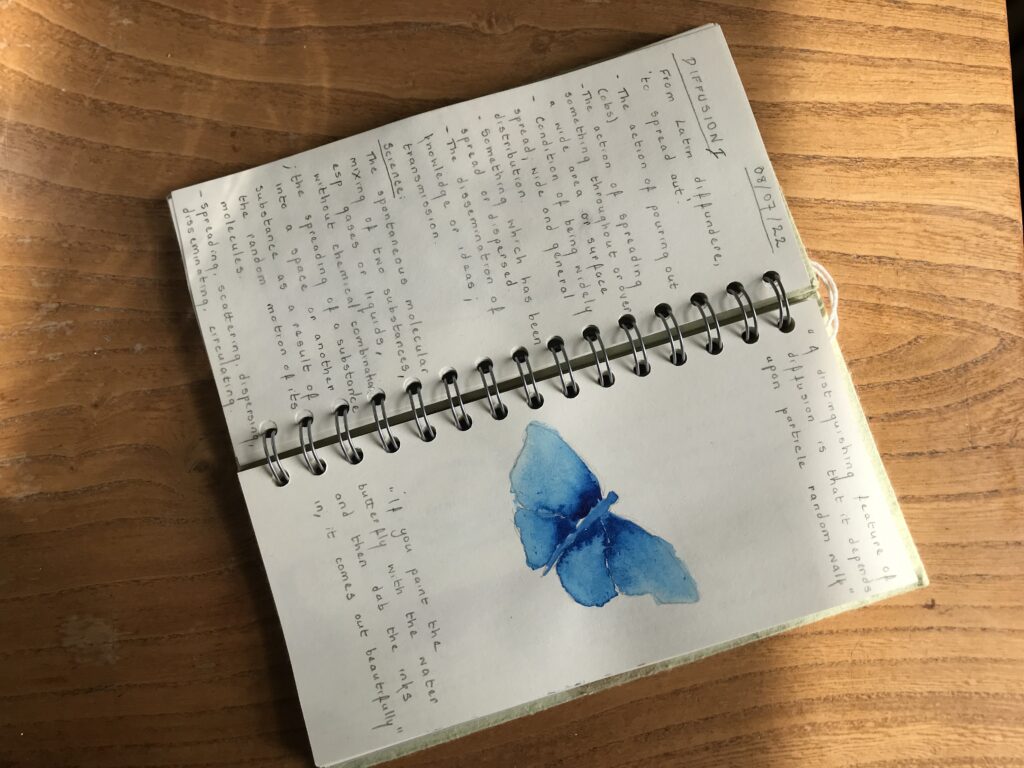
In a recent visit to Middlesbrough’s Institute of Modern Art, I encountered sound artist Nell Catchpole’s ‘Teesmouth’, a video installation included in the exhibition People Powered: Stories of the River Tees. The original sound piece was commissioned by BBC Radio 3, and it responds to the ecological crisis currently affecting the marine waters around Teesside. The mass die-off of species, including crab and lobster, has been attributed to various causes, including the effects of an algae and the deep dredging of the river Tees.
The landscape that Catchpole explores is the Tees estuary, a place of shifting tides and mudflats that is an important feeding ground for wading birds as well as for the resident colony of harbour seals. The constant ebb and flow of the sea, as well as the site’s proximity to the heavy shipping of an industrial port, makes Teesmouth, in Catchpole’s description, a place of ‘constant change and flux and exchange’.
Catchpole’s work begins with the sound of the tide washing on the shore, and her reflections on what it means to listen. Listening ‘intimately’, she observes, gives her a sense of ‘connection and solidarity’ with the place. Structured as a walk, the piece brings Catchpole’s own soundmaking and reflections into conversation with others she meets on the way, interlocutors who have a long intimacy with this landscape, and who have witnessed recent changes there. Field recording is described as a way of listening differently, of ‘breaking the habits of filtered listening’ that attend our everyday lives, and of being more ‘expansive’. For Catchpole, this brings into focus a sense of ‘entanglement’ with our surroundings, a feeling of ‘being with’. To enhance this sense of intimacy with the estuary that she documents, Catchpole engages in a playful practice of making sounds with what she finds there – sticks, stones, shells, sand, and grasses. This fosters a process of imaginative engagement, that helps to disrupt her habitual patterns of listening.
Like David, Catchpole uses hydrophones – underwater microphones – to capture the hidden sounds of the tiny creatures that live beneath the mud, revealing the mudflats themselves to be vibrant and noisy environments. These ‘quiet species’ are important to listen to, because they form a vital presence in this landscape, their sounds the noise of creatures that work to repair the damage that has been caused by the toxic waste from former industries. David uses the same microphones in his work to record the species that live in ponds and harbours, and the noisier the recording, the healthier the water is. For our project, contact microphones will capture the resonances of The Angel, and the same principle is at work. In the words of Catchpole, ‘It is important to listen to the quiet, often ignored, hidden sounds of a place.’
The sound of the water is replaced by noises made by Catchpole with sticks, sand and shells, and, like her, we attune ourselves to listening differently. We also hear the noises of the tiny creatures working slowly and minutely in the mud, which counterpoint the human voices that speak of more visible change. Conversations with local residents open up different perspectives on the estuary. A fisherman reports on the death of crabs since the previous September. A walker mimics the singing of the seals which can be heard there on a calm day, but not on that day because it was too windy. A birdwatcher lists the migrants that can be seen out on the mudflats – wheatears, waxwings – and speaks of seeing the thousands of dead crabs that had washed ashore at Teesmouth, reminding us of the intimate entanglement of species. A chorus of human voices are recorded from a protest march, chanting the refrain, ‘Save Our Seas’. The piece closes by returning to the natural sounds of the estuary: the call of a wading bird flying overhead, the wind in the grasses.
Catchpole’s practice of sound making with the materials that are at hand reminds me of David knocking on the panels of The Angel on our first visit. David is also keen to record The Angel in heavy rain, testing with his microphones how the sound of the rainfall would resonate through the sculpture. I am intrigued to find out how these possibilities for producing sound at the site change our imaginative engagement with it. Catchpole’s mingling of human voices with sounds from her field recordings chimes with our hope to combine recordings from our conversations about the memorial with field recordings from, and of, The Angel.
References
Nell Catchpole, Teesmouth (2023). Broadcast on Radio 3, Sounding Change, 14 January 2023. https://www.nellcatchpole.com/projects/teesmouth/




